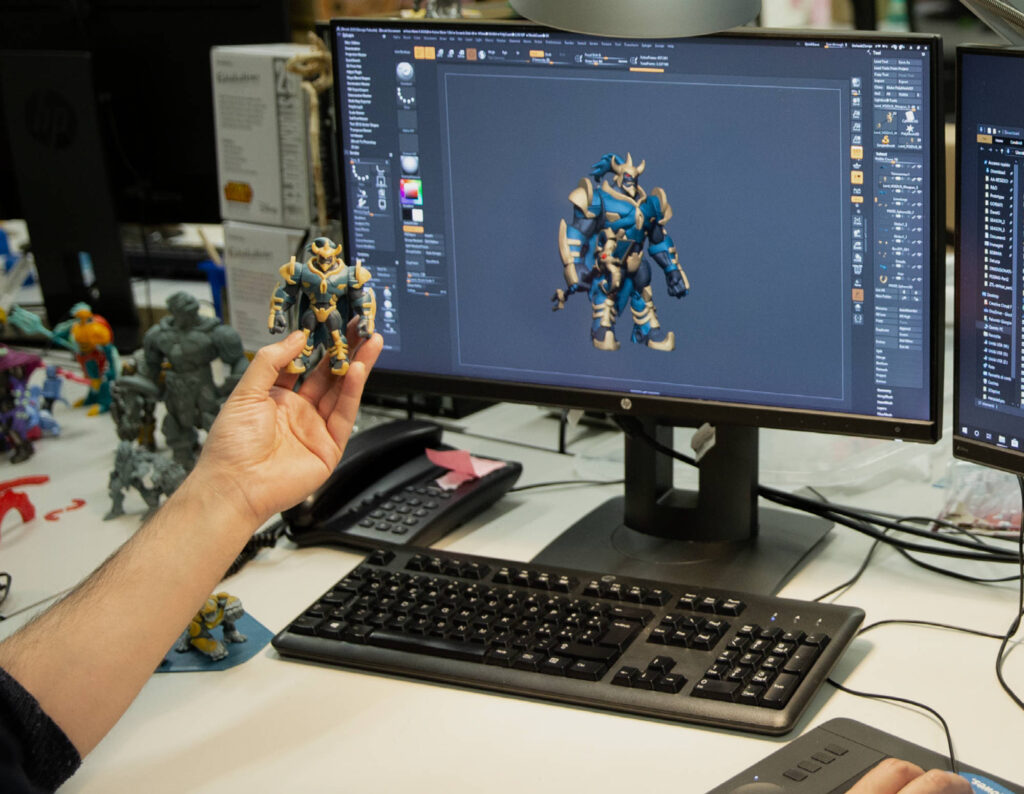The future of toy design is being shaped by advancements in 3D CAD (Computer-Aided Design) technology. These tools are revolutionizing the way toys are designed and manufactured, allowing for more intricate and innovative creations than ever before. From action figures to vehicles, 3D CAD for toy manufacturers provides the necessary platform to bring creative visions to life with precision and accuracy. Understanding the role of 3D CAD in toy design is essential for anyone looking to stay ahead in this dynamic industry.
One of the key benefits of 3D CAD in toy design is the ability to create detailed and accurate models that can be easily modified and tested. This iterative process ensures that the final product is both functional and aesthetically pleasing. Additionally, 3D CAD tools enable designers to create toys with moving parts, adding an extra layer of complexity and excitement to the final product. This is particularly important for toys that require precise movements and mechanisms, such as robots and vehicles.
Another important aspect of 3D CAD in toy design is the integration of 3D printing technology. By learning how to design toys for 3D printing, designers can create prototypes quickly and cost-effectively, allowing for faster iteration and testing. This technology is particularly useful for small-scale production runs and custom toy designs. Shapr3D for 3D printing toys offers an intuitive interface that makes it accessible to designers of all skill levels, ensuring that their creations are not only visually appealing but also functional and durable.
Furthermore, 3D CAD tools play a crucial role in the mass production of toys. Modeling toys for mass production requires careful consideration of materials, manufacturing techniques, and assembly processes. CAD software provides the tools necessary to optimize designs for mass production, ensuring that the final product is both cost-effective and high-quality. By leveraging CAD for toy development, designers can ensure that their toys are produced with consistency and precision, reducing the risk of defects and ensuring a high-quality final product. The future of toy design is bright, with 3D CAD technology leading the way in innovation and creativity.

